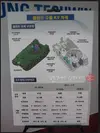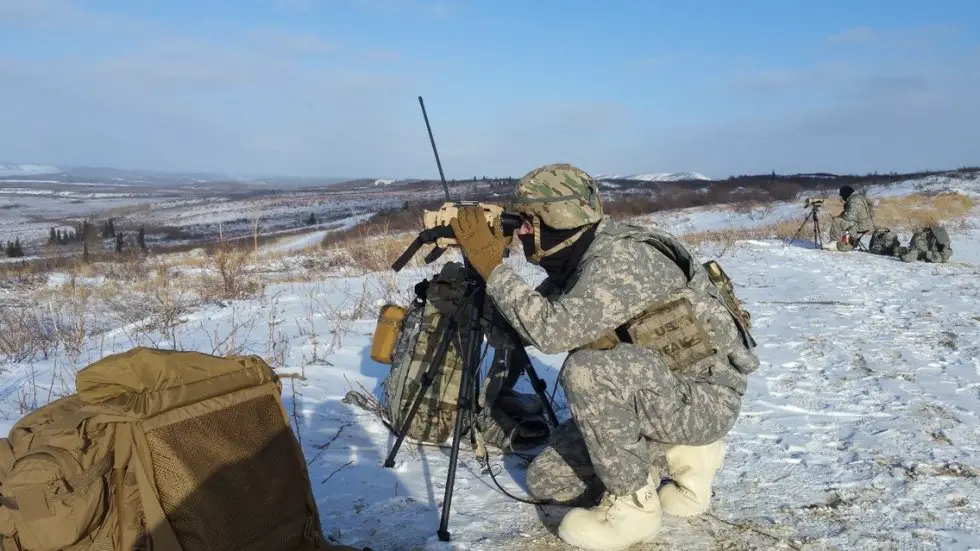In October 2017, Lt. Col. Michael Frank, product manager for Soldier Precision Targeting Devices, said the JETS handheld targeting system "is a paradigm shift" in how field artillery can be used on the battlefield. The system could turn a howitzer or the
Paladin self-propelled artillery weapon “into a giant sniper rifle”, he added.
Twenty soldiers from the 8th Field Artillery Regiment and 377th Parachute Field Artillery Regiment recently submitted the system to harsh conditions in a wide range of scenarios at Fort Greely. The troops used the system's infrared imager and color-day imager to detect and identify vehicles and personnel at various distances, determining whether each was a friend or foe. They also tested the system in a simulated urban environment, clearing buildings, rooftops, and rooms in order to observe enemy forces in the area.
"Since the system is smaller you don't have to worry about bumping it around when clearing a building," Sgt. Nicholas Apperson, of the 377the Parachute Field Artillery Regiment, said. "If you have to switch buildings, disassembling and reassembling the system is much quicker than other targeting devices." "The JETS system is definitely much lighter and a lot easier to pick up and learn all the functions quickly," Staff Sgt. Christopher McKoy, also of the 8th Field Artillery, said in the Army release. "It is so simple that you can pick it up and learn it in five minutes."
The Army currently has the Lightweight Laser Designator Rangefinder for targeting purposes, but it is larger and heavier than the JETS, weighing about 35 pounds. It's also considered a crew-served system, though it is operated by a single soldier. The JETS target-locator module weighs less than 5.5 pounds, and the entire system, including a tripod and batteries, weighs about 20 pounds.
JETS underwent testing during 2017, including airdrop tests at Fort Bragg, North Carolina, in August 2017. The Army expects to have the system in the hands of every forward-observation team by the middle of the year.






 Asiayhteys selvisi siitä englanninkielisestä keskustelusta.
Asiayhteys selvisi siitä englanninkielisestä keskustelusta.